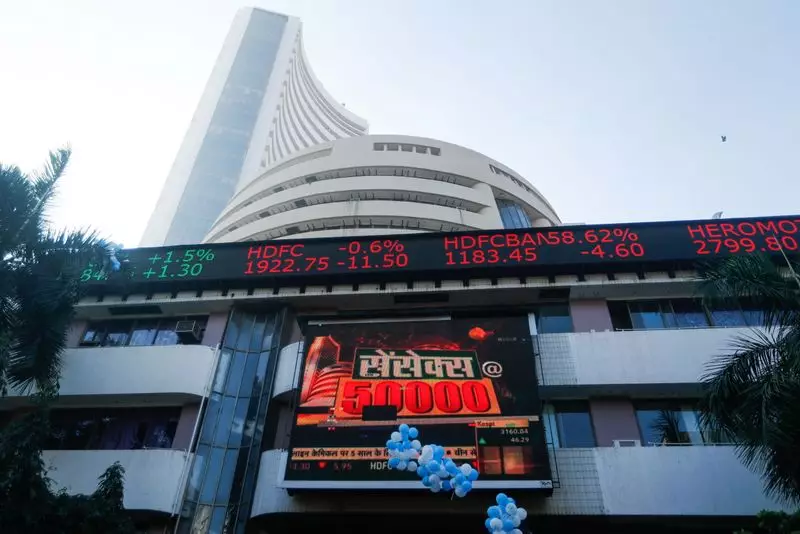The recent performance of India’s mid-cap and small-cap stocks has raised both eyebrows and concerns among investors. Historically, the performance gap between small and mid-cap companies versus large-cap stocks has reached exceptional heights. Recent research from UBS highlights that this disparity signals a potential correction on the horizon. As market conditions shift, understanding the driving forces behind these trends is crucial for investors looking to navigate the intricacies of this evolving landscape.
UBS emphasizes that over the past two years, the fervor surrounding mid-cap and small-cap stocks has resulted in an inflated valuation gap compared to their large-cap counterparts. The Nifty Midcap 100 has shown staggering growth in relation to the Nifty 50, largely attributed to significant capital reallocation observed during the fiscal year 2023-24. Drawing parallels with the earlier 2018-19 market corrections, UBS suggests that the current upward trajectory in smaller stocks might be unsustainable, thereby implying that a correction period could be imminent.
Delving deeper into sector-specific performance, approximately 80% of the sectors typically dominated by small and mid-cap stocks are now trading at or above their three-year average multiples. This trend raises questions about the sustainability of further growth amidst increasing market pressures. Notable sectors include chemicals, home improvement, and financial exchanges—each exhibiting varying degrees of inflated valuations, which may lead to cautious investor sentiment.
Despite the disconcerting valuation landscape, UBS underscores that opportunities still exist for astute investors willing to adopt selective strategies. Their analysis suggests that while top-down investment strategies may face challenges, a focus on solid bottom-up stock selection could uncover gems within the mid and small-cap segments. Noteworthy mentions such as Delhivery Ltd and Indian Energy Exchange Ltd exemplify potential upside, fueled by market share expansion and strategic product launches.
Growth Predictions and Market Strategy
UBS’s optimistic outlook for certain stocks stems from well-defined growth narratives. For instance, Delhivery is projected to benefit from improved margins and robust demand in its logistics offerings, while Indian Energy Exchange anticipates rising trading volumes spurred by renewable energy mandates. Similarly, firms like Ramkrishna Forgings and Navin Fluorine International show potential growth trajectories driven by industry-specific tailwinds, including increased railway orders and enhanced capacity through backward integration.
The current analysis presents a mixed picture for investors in India’s mid and small-cap sectors. While the potential for a market correction looms due to rampant valuations, selective investment strategies focusing on strong fundamentals could yield favorable outcomes. As market dynamics evolve, staying informed and adaptable will be key to capitalizing on opportunities, while mitigating risks associated with the inevitable market fluctuations. Thus, discerning investors should remain vigilant, ready to make informed decisions in a landscape rife with uncertainty and potential.

